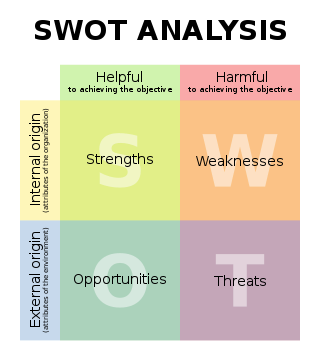Alright. I've made two shockwave presentations for showing our questions one after the other. I know we all chose "He who fails to plan, plans to fail" but I've done a backup presentation of "Planning bridges the gap between where we are and where we intend to go". I'll show you guys both presentations before class today and you can choose. Additionally, below I am writing little sentences to support either one of our theoretical positions in the presentation today.
Planning - Theoretical position
- Theoretical position 1 - "He who fails to plan, plans to fail".
Rachel since you're starting first you'll just have to say that line to introduce our presentation.
The last person to present which might be me or whoever does says their educational plan last needs to say this to end the presentation:
"In conclusion, creating a plan does not always guarantee success but without one almost definitely ensures failure. "
- Backup theoretical position 2 - "Planning bridges the gap between where we are and where we intend to go"
1. Again, Rachel starts first and simply states our theoretical position.
2. Again, the last person to present will end with this:
"In conclusion, planning provides us with a clearer forecast of the future and helps to guide us to reach our intended goals."
We'll discuss more later. Cya everyone. Good luck.











